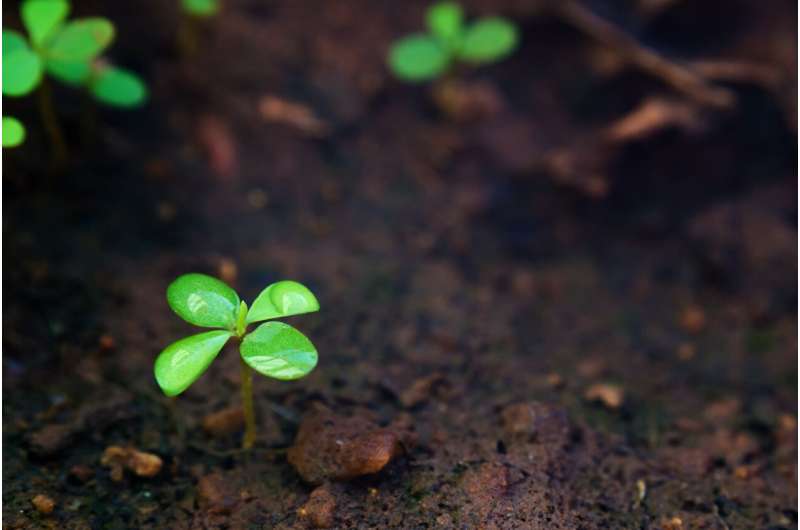Slime mold soil microbes could be a source of potent antimicrobials

Stephanie Baum
scientific editor

Robert Egan
associate editor

The cellular slime mold Dictyostelium discoideum is a soil microbe that produces diverse natural products with potential antibiotic activity. Previously, three chlorinated compounds had been detected in Dictyostelium, but only the most abundant compound (CDF-1) was identified and shown to be almost as effective an antimicrobial as ampicillin.
In research in FEBS Open Bio, investigators have optimized lab culture conditions of Dictyostelium cells to boost the levels of low-abundance chlorinated compounds and to characterize their antimicrobial properties.
The optimized culture conditions took advantage of propionic acid and zinc supplementation to increase the yield of the chlorinated compounds, leading to the identification of CDF-2 and CDF-3 in addition to CDF-1. The molecular structure of CDF-2 and CDF-3 was similar to that of CDF-1, aside from the length of a molecular structure called an acyl side chain. When their antibacterial activity was tested, similarly to CDF-1, CDF-2 and CDF-3 exhibited stronger activity against Gram-positive bacteria than ampicillin but limited activity against Gram-negative bacteria.
Because these compounds are conserved across distantly related Dictyostelium species, CDFs may fulfill a critical role in protecting against harmful bacteria.
"Soil presents both opportunities and dangers for the Dictyostelium amoeba, and we believe this amoeba responds by producing specialized chemicals to attract, repel, or eliminate friends, prey, and predators. We are just starting to discover these chemicals, including this new, potent antibiotic," said corresponding author Tamao Saito, Ph.D., of Sophia University, in Japan.
More information: Production of anti-bacterial compounds by a Steely hybrid polyketide synthase in Dictyostelium, FEBS Open Bio (2025).
Provided by Wiley


















